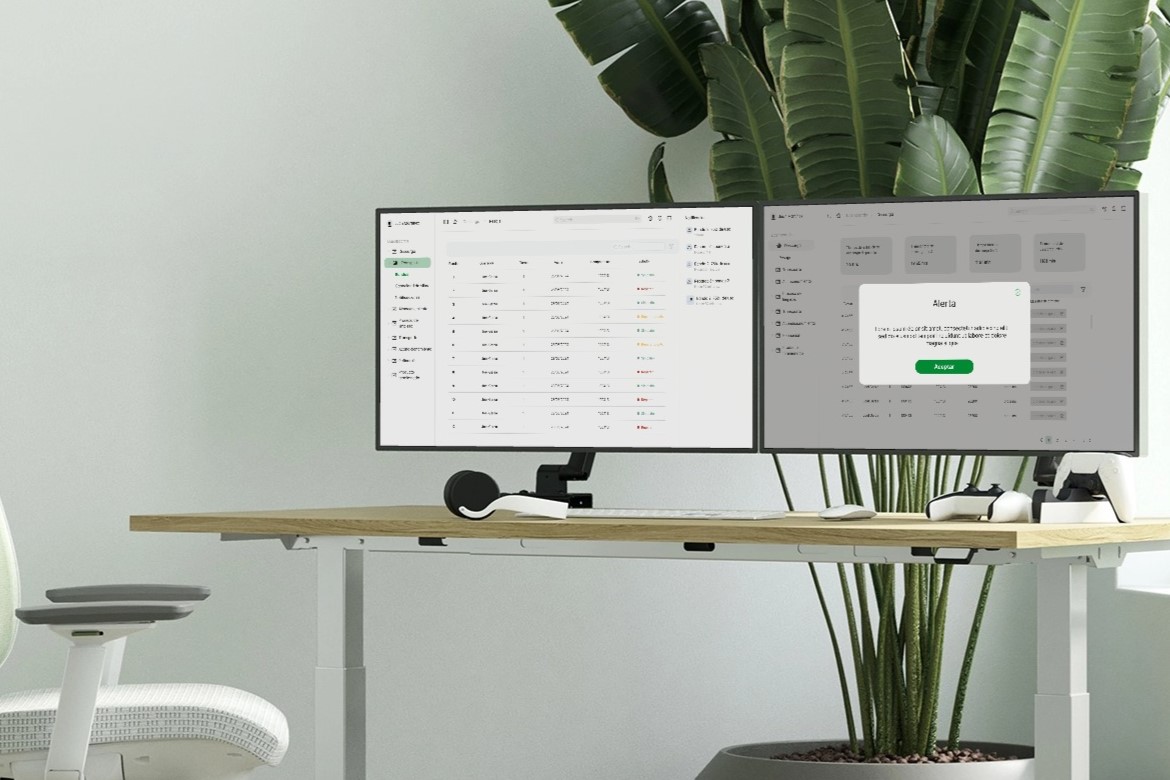Value Dashboard: Advanced Cost Optimization Platform for Zucarmex
This project was conducted for Zucarmex, a company specializing in the cultivation and processing of sugarcane, dedicated to the production and commercialization of sugar and its by-products. Within the sugar production sector, Zucarmex sought to develop a digital price agent through an advanced dashboard. The main objective was to implement an artificial intelligence solution that would offer the best prices according to established criteria, a personalized site based on each customer's profile, and a centralized purchasing platform. The total project duration was 28 weeks and was carried out entirely remotely.

Objective of the Project:
The objective of this project was to implement an Artificial Intelligence (AI) solution to create a platform that offers the best price according to established criteria, a personalized site based on the profile of each customer, and a centralized purchasing platform. This AI-powered platform aims to deliver a user-focused experience with a dynamic pricing model utilizing cost elasticity.
Project Duration: 28 Weeks
Tools Used:
- Figma: For designing wireframes and conducting UX research.
- Slack: For communication with the development and technology teams.
- Google Meet: For communication with stakeholders.
- Methodology: Design Thinking for discovery workshops, and Atomic Design for creating the design system with reusable components.
Challenges and Objectives
The main challenge was to integrate an artificial intelligence solution that could analyze and offer optimal prices in real-time, based on multiple criteria and historical data. Additionally, it was crucial to personalize the user experience according to each customer's profile and create a centralized purchasing platform. The objective was to develop an intuitive and efficient tool that improved the customer experience and optimized Zucarmex's commercial operations.
Design Process
The process began with a research and discovery phase. Workshops using Design Thinking methodology were organized, working closely with product owners and the commercial team. These workshops helped identify pain points and improvement opportunities in current processes.
Subsequently, the design system was created in Figma using atomic design methodology to develop reusable components. This approach facilitated consistency and efficiency in implementing dashboard elements. Low and high-fidelity wireframes were developed for various dashboard screens, ensuring that all necessary functionalities and features were well-represented and easy to use.
Prototyping was a crucial stage, where interactive prototypes were created in Figma and tested with real users to gather feedback and make adjustments before final implementation. Communication and coordination with the development and technology teams, responsible for implementing the AI database, were primarily conducted through Slack and Google Meet.

Key Features
The dashboard includes several key features:
- AI-Powered Pricing: An AI engine that analyzes real-time data to offer the best prices based on predefined criteria.
- Customer Personalization: A personalized site that adapts the interface and offers according to each customer's profile and preferences.
- Centralized Purchasing Platform: An integrated platform where customers can make purchases efficiently and access their transaction history.
Project Outcome
The result was a functional dashboard that significantly improved Zucarmex's customer purchasing experience. The artificial intelligence enabled more competitive and personalized pricing, increasing customer satisfaction and optimizing commercial operations. The centralized platform streamlined the purchasing process, reducing the time and effort needed for transactions.
Learnings
Several key skills were acquired during the project, including effective use of remote collaboration tools like Slack and Google Meet, which were crucial for team communication and coordination. Additionally, the use of Figma for design and prototyping allowed for rapid iteration and design adjustments based on user feedback. Integrating artificial intelligence into the dashboard presented technical challenges but also provided valuable lessons on implementing and optimizing AI models in commercial applications.

Conclusion
This project was an enriching experience that demonstrated the positive impact of artificial intelligence and user-centered design in the sugar production industry. Initial challenges, such as AI integration and site personalization, were overcome through detailed research and iterative design. The learnings in terms of remote collaboration and design system development were significant. The project's success lies in its ability to enhance Zucarmex's operational efficiency and provide an optimized purchasing experience for its customers, laying the groundwork for future innovations and improvements.







